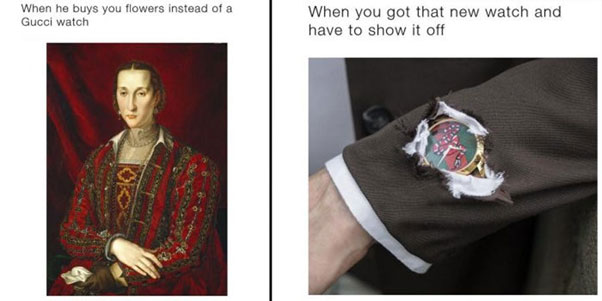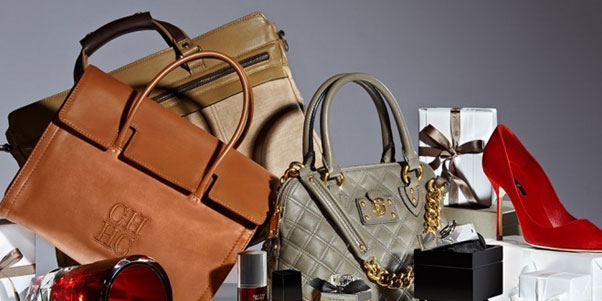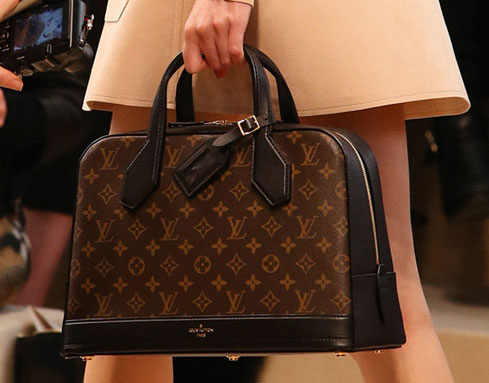The Concept of Waiting Lists and Accessibility in the World of Luxury
- 21st Sep 2020
- 4799
- 0

The advent of Luxury Brands in the 1900’s marked the beginning of what is known to be one of the most profitable industries today. With time, the manner in which consumers perceive these brands has drastically changed in terms of preferences, price points and how they connect with the brand. However, what remains unchanged is the fact that high quality, luxurious appeal, durability and trust in the brand are some factors that will always continue to be considered while looking at purchasing products from a luxury brand.
Once, a brand has built a trustworthy image on their respective target audience- more often than not it automatically observes a surge in sales especially from those returning customers who believe in the brands vision and truly enjoy the brand experience. Now, when this happens over a prolonged period of time, it becomes the brands responsibility to cultivate strategies and develop management techniques catering to brand service and accessibility across consumers.
The Idea of Accessible Luxury
With rising competition across high end brands, the concept of standing out has become absolutely imperative. New developments in consumer engagement have made it possible to increase the efficiency of how these luxury brands reach their consumers. The touchpoints across which luxury is presented to different groups of the society has to be delivered keeping their interests, usability preferences and convenience in mind.
Today in the digital age, where majority of the population use social media platforms like Instagram and Facebook it has become a powerful tool for business owners to target their niche customer base.
“According to reports, over 92% of top luxury brands are on social media and use it to promote the brand and connect with their audience.”
For example, popular luxury brand Gucci that was founded in Florence in 1921 was quick to pick up in terms of business and was one of the top luxury brand in the world by the early 1930’s. Even though the brand was quite well renowned and profitable way before the 2000’s, the advent of social media entirely changed the brand perception. It is one of the first luxury brand to become popular amongst the masses due to its social media presence.

The brand designs may have some deep historic references but their marketing strategy is nothing short of modern, humorous, unique and absolutely will not go unnoticed, especially by the generation of millennials. Gucci was quick to adapt itself to the meme culture even before it was popular. The brand is testament to the fact that having an open brand strategy and effective communication channels are the most important factors that contribute to your brands accessibility. Since then Gucci has reported a growth of 45% in the last quarter and has no signs of slowing down.
Exclusivity vs Accessibility
There has always been a staunch belief that the availability of luxury brands must be curbed in order to maintain its exclusiveness. Now, for many years before this one could argue that the belief was partly true. People who were considered regular customers and enjoyed using luxury brands were always among the few who enjoyed the same perks as them. This was consciously done by brands in order to ensure that their products remain unique and timeless.

Since then, the rising misconception of having limited accessibility to high end products and experiences came about, reducing the consumer base by high numbers. Over the years, the idea of striking a balance between brand exclusivity and accessibility has come about, which completely transformed the manner in which people perceived luxury brands. Initially, the new trend of having accessible luxury brands came through, where these brand products were open for the masses to enjoy on a larger scale. However, this raised concerns of spoiling the brand image in the long run. Therefore, the concept of creating a balance between accessibility and exclusivity came about.
Today, it is important for brands to understand the importance of developing well planned marketing strategies to maintain both the uniqueness and the exclusivity of their brand.
Luxury Brands and Waiting Lists
It is often noted within the luxury retail sector that time is usually not a constraint when it comes to delivering luxury apparel. For other brands, standing in along que to get your hands on a product might be considered negative in terms of customer satisfaction and brand service.
But for luxury brands, it has been observed far too frequently that people are willingly ready to wait in order to get their hands on a product. This was majorly observed across the decade where different brands would simply release their products and sell them on a first come first serve basis, instead of having a better formed process.
With growing competition across brands, this is rapidly changing. For example, Burberry recently introduced the ‘See Now Buy Now’ system wherein customers were free to order a product immediately after they discovered it on the runway. This allows luxury brands to cut down the long waiting time and ensure a smooth and efficient shopping experience.
“More than 57% of customers abandon their online transaction after 3 seconds of waiting time”- according to Web Performance Today.
Despite this, it is also noticed that reducing the waiting time does not directly increase customer satisfaction. More often than not, the perceived waiting time is longer than the real duration. Brands need to regularly update their system and ensure that customers are informed and noted about the correct time frame within which their product shall be available.
Louis Vuitton is one of the top brands with the highest number of waitlisted customers. Since the brand releases new collections all through the year, the waiting list gets full long before the date of launch. Considering the brands popularity and how well in demand their products are, customers have at times even had to be on the waitlist for over a year in order to get their hands on an LV product.

As the retail industry in general curbs the perceived waiting time, audiences have extremely high expectations from luxury brands not just due to the high price point but also because of brand loyalty. It is the brands responsibility to ensure that all their selling touchpoints are convenient, smooth and well managed overall.
We are transitioning into a space of active branding and digitalization, where luxury brands continue to develop methods and strategies towards providing an effortless consumer experience. Waiting lists are still very much a concept for multiple leading brands. But, they are being tracked and ensured to be delivered while taking time constraints into account.
The future of waiting lists seem to be an ongoing matter of debate considering two factors. One being, manufacturing methods and processes are being so rapidly developed that people might not need to wait for their products for too long in the near future. Secondly, communication with the customer has become so transparent, with email and social media today that there is a possibility that highly in demand products can be delivered with much more convenience, thereby completely diminishing the concept of waitlists at all. Most companies have factories that are running overtime in order to provide their customers with the most efficient products and service, all within time.
 Neha Menon
Neha Menon


Comments
No comments yet.
Add Your Comment
Thank you, for commenting !!
Your comment is under moderation...
Keep reading luxury post